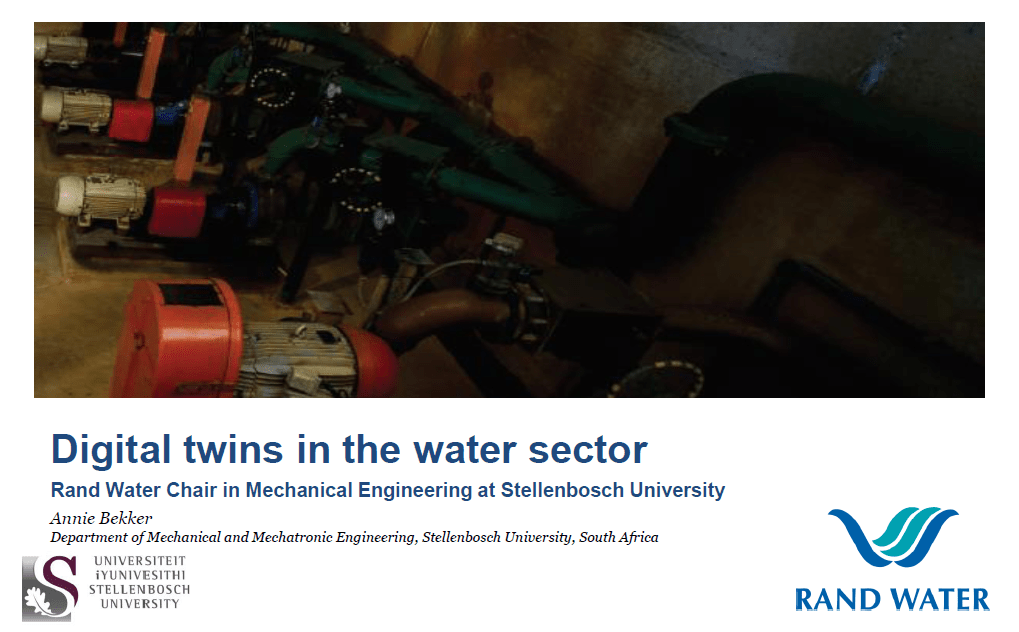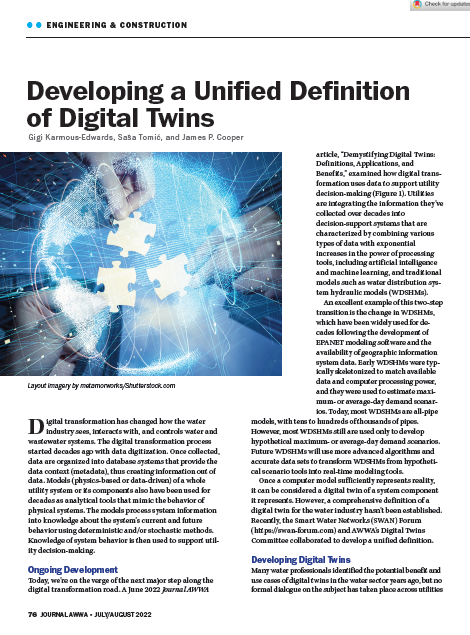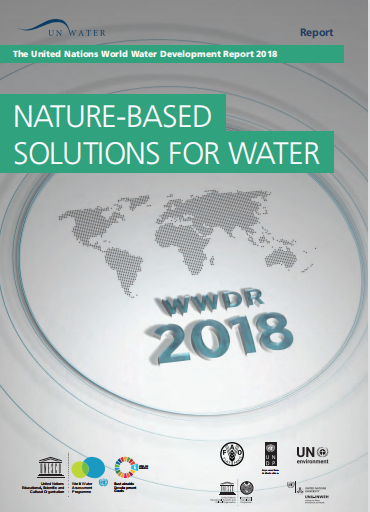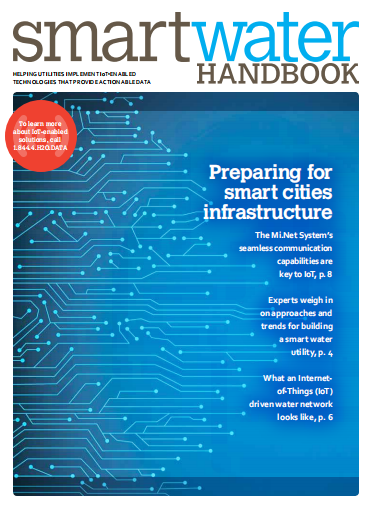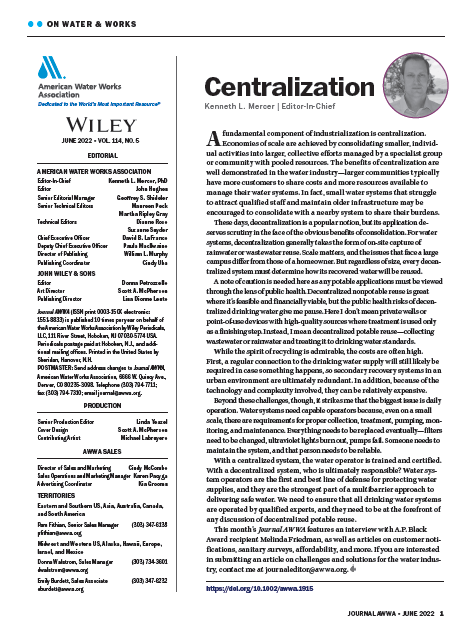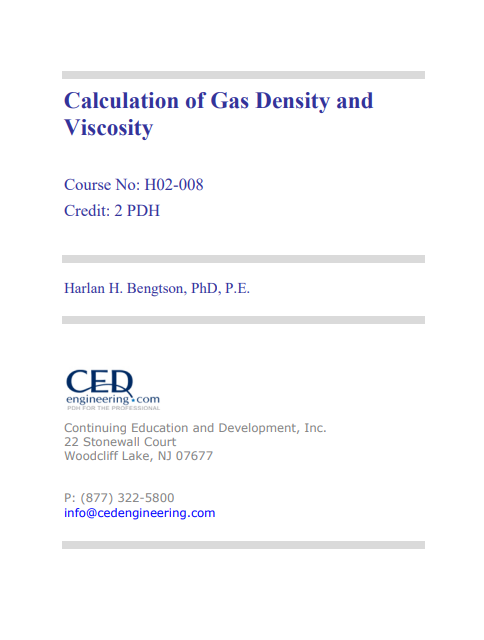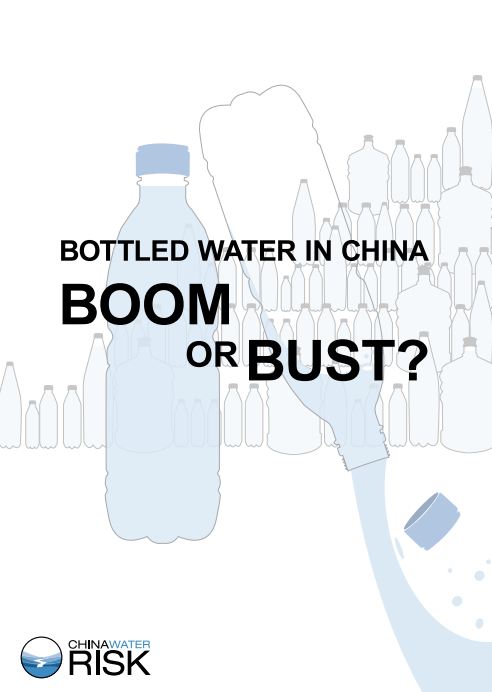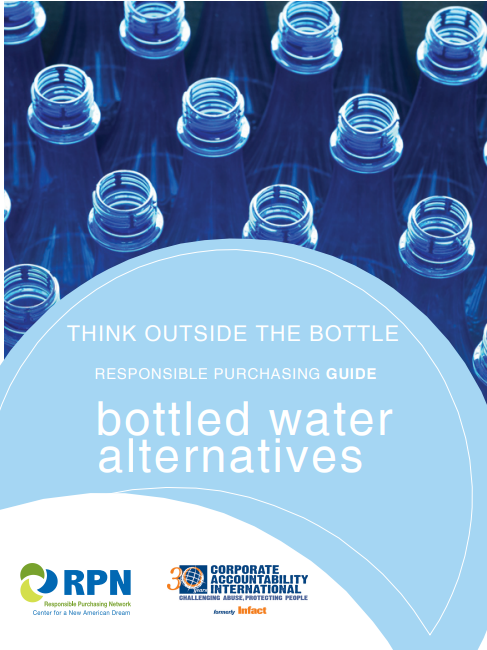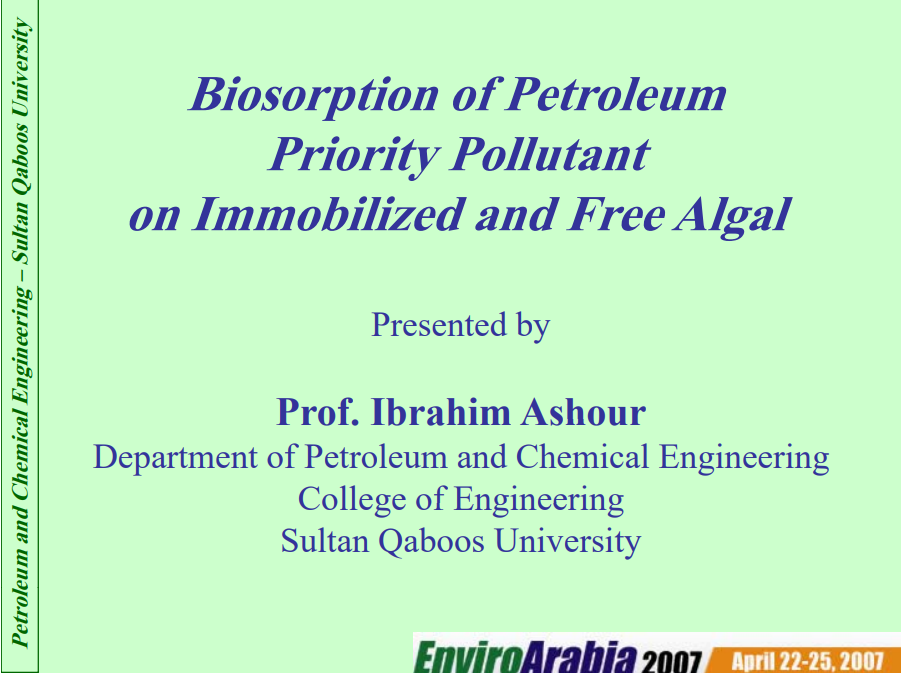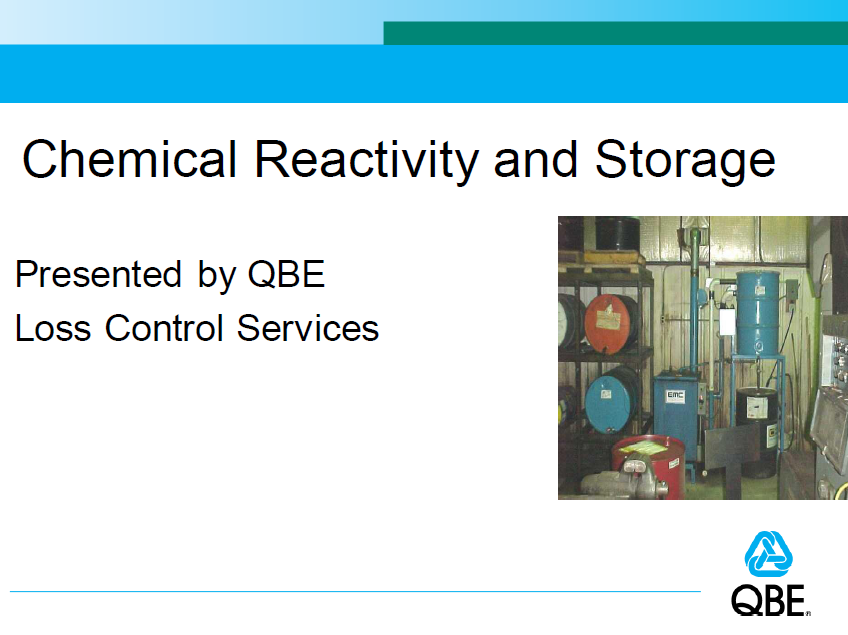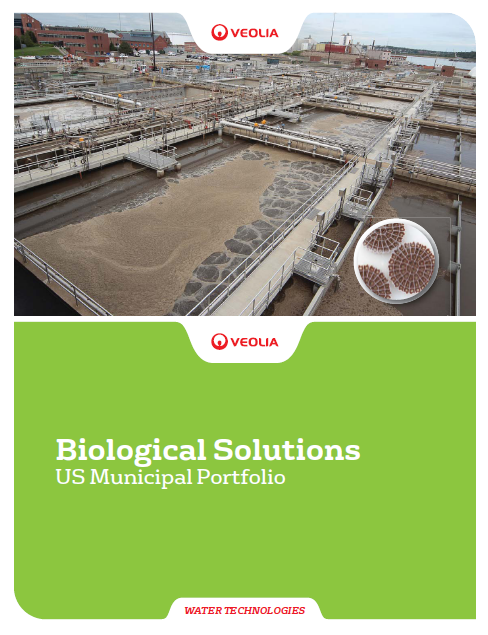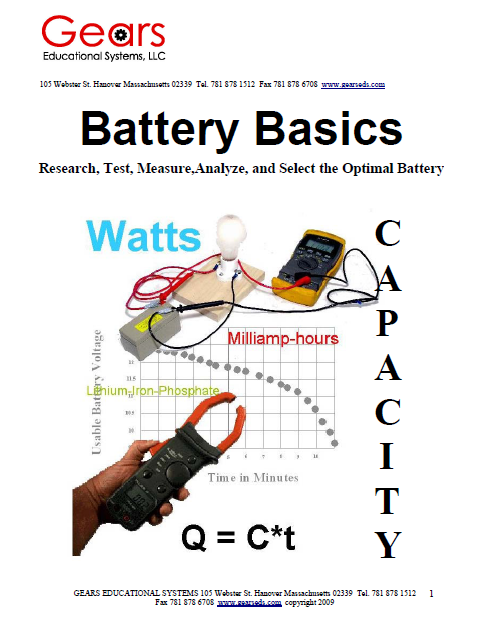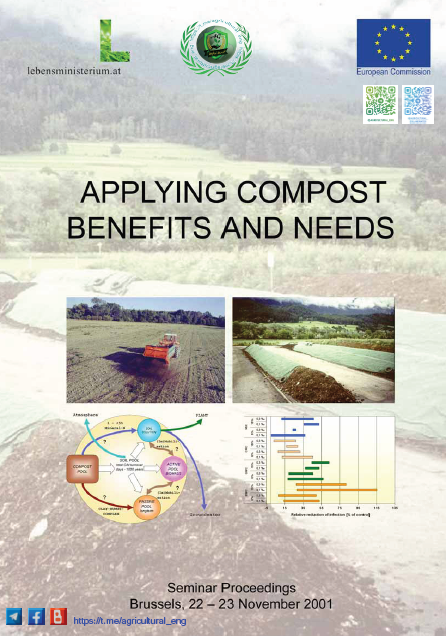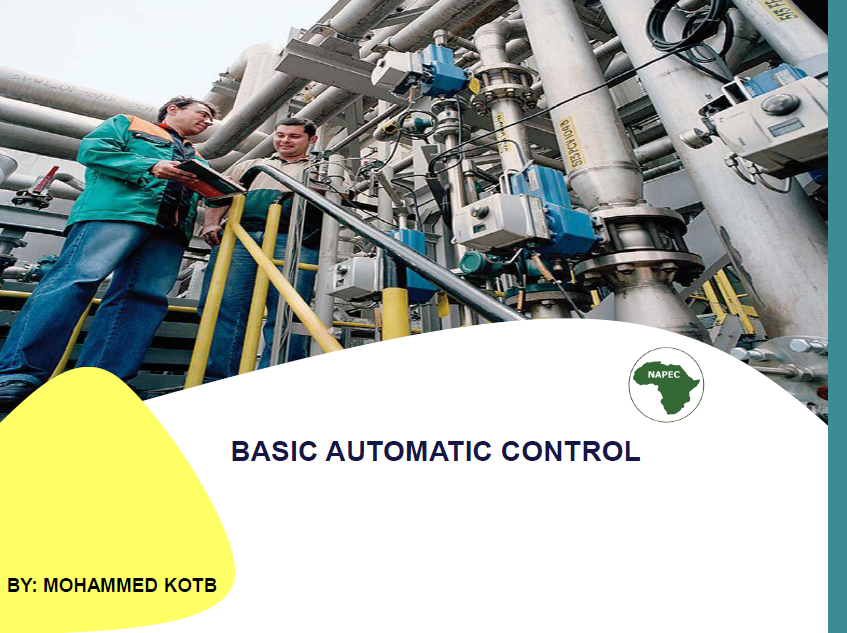Developing a Unified Definition of Digital Twins
Digital transformation has changed how the water industry sees, interacts with, and controls water and wastewater systems. The digital transformation process started decades ago with data digitization. Once collected, data are organized into database systems that provide the data context (metadata), thus creating information out of data. Models (physics-based or data-driven) of a whole utility system or its components also have been used for decades as analytical tools that mimic the behavior of physical systems. The models process system information into knowledge about the system’s current and future behavior using deterministic and/or stochastic methods. Knowledge of system behavior is then used to support utility decision-making.
Developing a Unified Definition of Digital Twins
Digital transformation has changed how the water industry sees, interacts with, and controls water and wastewater systems. The digital transformation process started decades ago with data digitization. Once collected, data are organized into database systems that provide the data context (metadata), thus creating information out of data. Models (physics-based or data-driven) of a whole utility system or its components also have been used for decades as analytical tools that mimic the behavior of physical systems. The models process system information into knowledge about the system’s current and future behavior using deterministic and/or stochastic methods. Knowledge of system behavior is then used to support utility decision-making.
Centralization
A fundamental component of industrialization is centralization. Economies of scale are achieved by consolidating smaller, individual activities into larger, collective efforts managed by a specialist group or community with pooled resources. The benefits of centralization are well demonstrated in the water industry—larger communities typically have more customers to share costs and more resources available to manage their water systems.
Centralization
A fundamental component of industrialization is centralization. Economies of scale are achieved by consolidating smaller, individual activities into larger, collective efforts managed by a specialist group or community with pooled resources. The benefits of centralization are well demonstrated in the water industry—larger communities typically have more customers to share costs and more resources available to manage their water systems.
Calculation of Gas Density and Viscosity
Introduction
The density and/or viscosity of a gas is often needed for some other calculation, such as pipe flow or heat exchanger calculations.
This course contains discussion of, and example calculation of, the density and viscosity of a specified gas at a given temperature and pressure.
Calculation of Gas Density and Viscosity
Introduction
The density and/or viscosity of a gas is often needed for some other calculation, such as pipe flow or heat exchanger calculations.
This course contains discussion of, and example calculation of, the density and viscosity of a specified gas at a given temperature and pressure.
Biosorption of Petroleum Priority Pollutant on Immobilized and Free Algal
Introduction
The objective of this work is to investigate the technical feasibility of using immobilized algal biomass for the removal of priority pollutants from aqueaous solutions.
Biosorption of Petroleum Priority Pollutant on Immobilized and Free Algal
Introduction
The objective of this work is to investigate the technical feasibility of using immobilized algal biomass for the removal of priority pollutants from aqueaous solutions.
Battery Basics
Description
The battery pack is one of the defining aspects of any portable or mobile electronic project. Since the battery pack affects the weight, range, operating time and cost of the project it is essential that a designer or engineer be capable of selecting an optimal battery strategy for a particular application. The following outline suggests one possible method for selecting an optimal battery pack for a given application:
1. Determine the necessary voltage(s)
2. Calculate the minimum current requirements for the given application with respect to current requirements to support the operating time and/or range.
3. Determine the minimum battery capacity.
4. Determine the appropriate physical requirements. (Size and weight)
5. Consider chemistry, cost, connections, charging requirements
6. Research vendors and select battery packs
The Battery Basics lesson is designed to provide students with an opportunity to develop a working understanding of battery technology and use that understanding to properly design or acquire battery packs that are appropriate for a given application. Participating students will source and read manufacturer’s specifications as well as test, measure and create mathematical models to describe and select optimal battery packs given the voltage, current capacities and energy requirements for a particular application. The knowledge and skills described in this lesson will be used to solve real world engineering problems that require students to analyze a particular battery application and make an informed decision concerning the selection of an optimal battery voltage, capacity chemistry, form factor and charging system necessary to successfully meet the constraints
imposed by that application.
Battery Basics
Description
The battery pack is one of the defining aspects of any portable or mobile electronic project. Since the battery pack affects the weight, range, operating time and cost of the project it is essential that a designer or engineer be capable of selecting an optimal battery strategy for a particular application. The following outline suggests one possible method for selecting an optimal battery pack for a given application:
1. Determine the necessary voltage(s)
2. Calculate the minimum current requirements for the given application with respect to current requirements to support the operating time and/or range.
3. Determine the minimum battery capacity.
4. Determine the appropriate physical requirements. (Size and weight)
5. Consider chemistry, cost, connections, charging requirements
6. Research vendors and select battery packs
The Battery Basics lesson is designed to provide students with an opportunity to develop a working understanding of battery technology and use that understanding to properly design or acquire battery packs that are appropriate for a given application. Participating students will source and read manufacturer’s specifications as well as test, measure and create mathematical models to describe and select optimal battery packs given the voltage, current capacities and energy requirements for a particular application. The knowledge and skills described in this lesson will be used to solve real world engineering problems that require students to analyze a particular battery application and make an informed decision concerning the selection of an optimal battery voltage, capacity chemistry, form factor and charging system necessary to successfully meet the constraints
imposed by that application.
Applying Compost Benefits And Needs
Introduction and background
The application of organic matter to ecosystems has received increasing attention in many
European countries in recent decades. This is due not only to the potentially beneficial effects of
organic matter application, but also to the increasing availability of cheap sources of organic
matter, such as sewage sludge and compost in industrialised countries. Within the European
Community, a total of 7,432,000 t of sewage sludge dry matter was produced in 1996. This
quantity is expected to increase by 35% by the year 2005 (Vetterlein & Hüttl 1999). A similar
situation exists for compost. With regard to the sustainability concept in Germany a matter cycling law was established in 1996, indicating that all waste material suitable for reutilization such as sewage sludge and compost, e.g. via application in agriculture, must in fact be reutilized and only those waste materials that can not be beneficially used e.g. for soil improvement purposes should be disposed on dumps or used for energy production. Also based on the sustainability concept, a few years later the German government passed a soil protection law, indicating, that soils should not be harmed by whatever management practise. As the application of organic waste materials such as sewage sludge and compost may not only have positive effects but may also cause ecological risks such as soil contamination with heavy metals or eutrification problems due to the input of high rates of N and P contained in these materials, clearly between these two regulations a conflict was produced. This controversial discussion has lead to the suggestion that in Germany specific types of application of organic matter, particularly of sewage sludge and compost for agricultural purposes, should be discontinued. Hence, with regard to the ecological effects of organic matter management, the question arises whether application of organic matter aiming at soil improvement can be seen as a contribution to the sustainability goal or not.
Applying Compost Benefits And Needs
Introduction and background
The application of organic matter to ecosystems has received increasing attention in many
European countries in recent decades. This is due not only to the potentially beneficial effects of
organic matter application, but also to the increasing availability of cheap sources of organic
matter, such as sewage sludge and compost in industrialised countries. Within the European
Community, a total of 7,432,000 t of sewage sludge dry matter was produced in 1996. This
quantity is expected to increase by 35% by the year 2005 (Vetterlein & Hüttl 1999). A similar
situation exists for compost. With regard to the sustainability concept in Germany a matter cycling law was established in 1996, indicating that all waste material suitable for reutilization such as sewage sludge and compost, e.g. via application in agriculture, must in fact be reutilized and only those waste materials that can not be beneficially used e.g. for soil improvement purposes should be disposed on dumps or used for energy production. Also based on the sustainability concept, a few years later the German government passed a soil protection law, indicating, that soils should not be harmed by whatever management practise. As the application of organic waste materials such as sewage sludge and compost may not only have positive effects but may also cause ecological risks such as soil contamination with heavy metals or eutrification problems due to the input of high rates of N and P contained in these materials, clearly between these two regulations a conflict was produced. This controversial discussion has lead to the suggestion that in Germany specific types of application of organic matter, particularly of sewage sludge and compost for agricultural purposes, should be discontinued. Hence, with regard to the ecological effects of organic matter management, the question arises whether application of organic matter aiming at soil improvement can be seen as a contribution to the sustainability goal or not.


